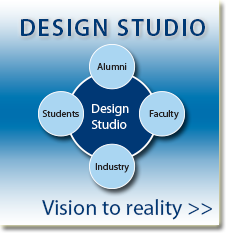Lateral Force Calibration
This resources comes from the publication in Review of Scientific Instruments: The extended wedge method: Atomic force microscope friction calibration for improved tolerance to instrument misalignments, tip-offset, and blunt probes". The manual below will provide instructions for using the MS Excel solver template we have created to convert raw LFM voltage signals into calibrated friction coefficients. Click here to download the instructions manual(1) basic XLS template
(2) XLSM template with macros
(3) 2007 XLS template with macros



